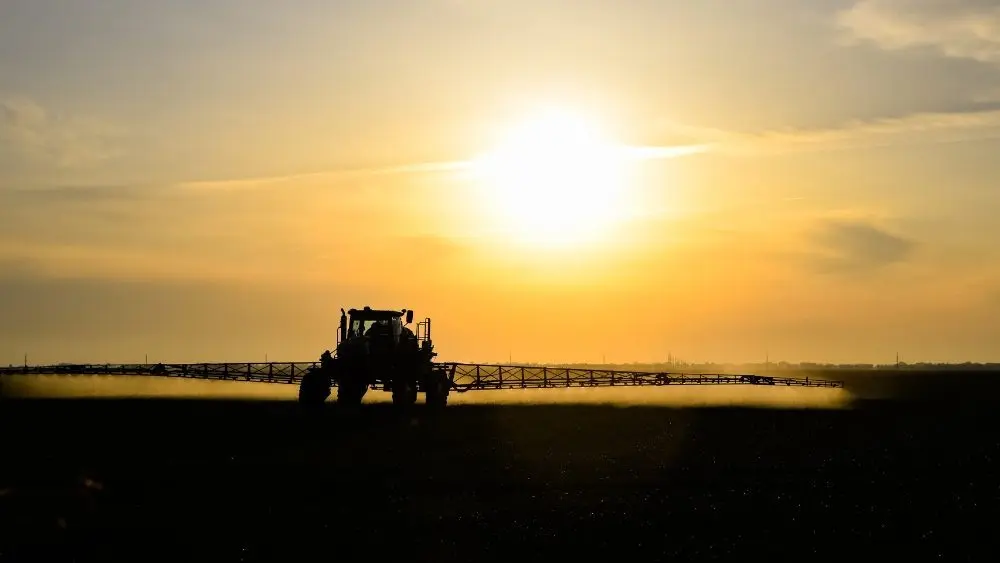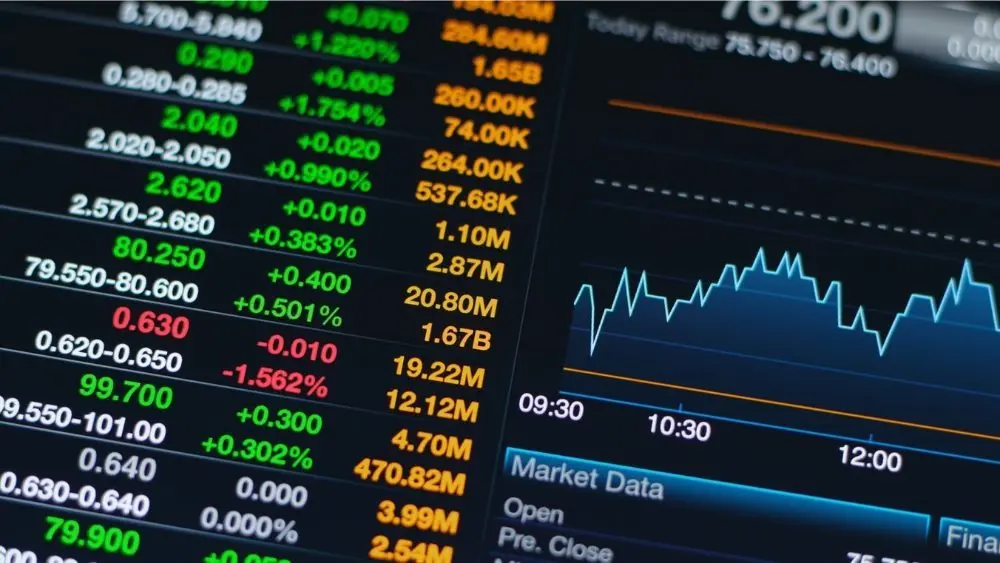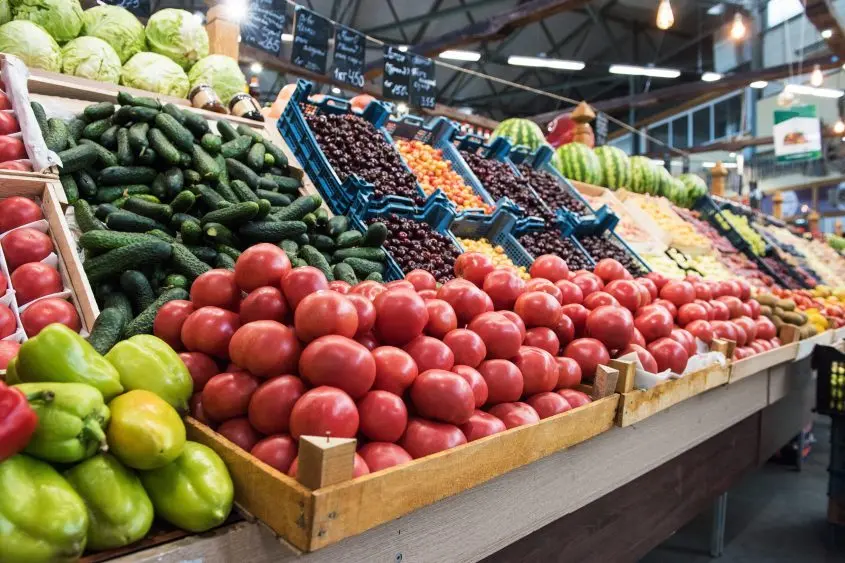(WASHINGTON D.C.) — A Senate Judiciary hearing this week on high fertilizer and seed prices produced few solutions, though there were some suggestions to help farmers cope with the high costs.
American Soybean Association President Caleb Ragland told Judiciary lawmakers that ASA hadn’t done its own analysis of high fertilizer costs but had a few recommendations. “Remove IEEPA tariffs on critical inputs, machinery, and parts, which will immediately lower the cost of production for farmers,” said Ragland. “Two, the 45Z tax credit and proposed RFS volumes will drive investment in soybean processing and biofuel production that needs to be finalized this year.”
But The Fertilizer Institute’s CEO Corey Rosenbusch stressed the U.S. has little control over fertilizer costs. “Fertilizer is a globally traded commodity,” according to Rosenbusch. “So, while we cannot directly influence prices, we can bolster domestic supply to help mitigate geopolitical risk for our American farmers.”
He added that “fertilizer production facilities are very capital-intensive, sometimes costing as much as five billion dollars for a nitrogen facility, or ten years to develop a potash or phosphate mine.”
The U.S. is heavily dependent on Canada for potash and China and Mexico for fertilizers. ASA’s Ragland says the picture’s dire without farm aid. “Given the state of the farm economy, targeted farm assistance is desperately needed to offset trade-related losses and negative basis being experienced in many regions,” according to Ragland.
Ragland did say that ASA backs a bill by Iowa Senator Chuck Grassley for the USDA to study high fertilizer costs and make recommendations.





